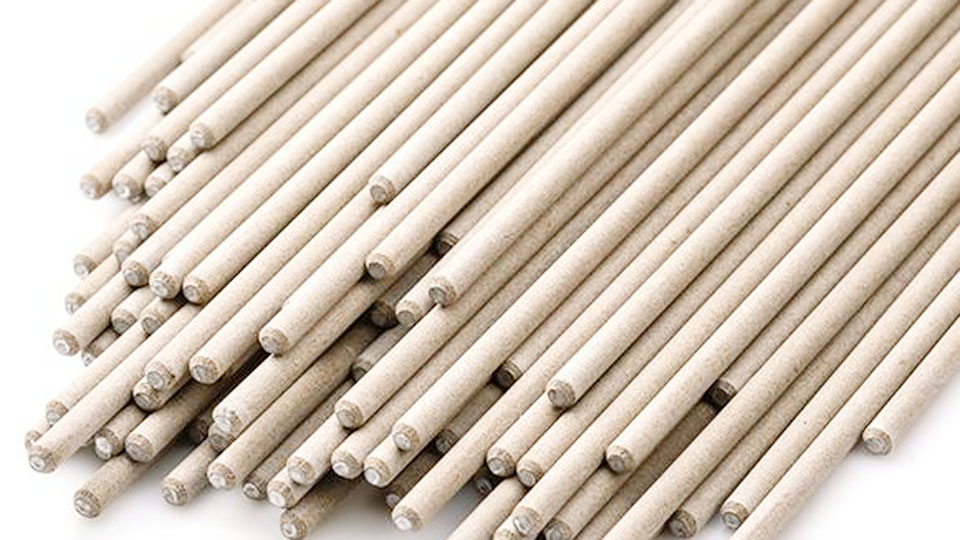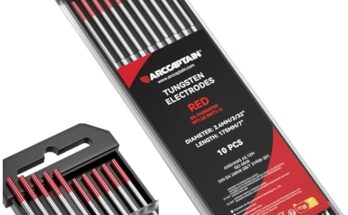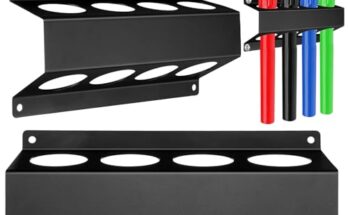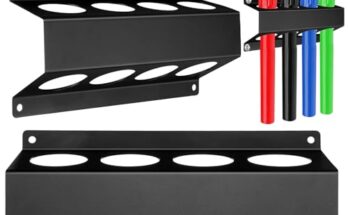When it comes to welding, selecting the right electrode can mean the difference between a strong, long-lasting weld and one that fails under pressure.
If you’ve ever worked with structural steel, pressure vessels, or pipelines, you’ve likely heard about low hydrogen electrodes.

Photos by red-d-arc.
These electrodes are crucial for preventing weld cracking and ensuring high-quality results. But how do you identify them?
I’ve spent years working with different types of welding rods, and I can tell you that knowing how to recognize low hydrogen electrodes is an essential skill.
If you’re a professional welder or just getting started, understanding the characteristics, markings, and handling requirements of these electrodes will help you make the right choice for your project. Let’s break it all down so you can confidently identify low hydrogen electrodes every time.
What Are Low Hydrogen Electrodes?
Low hydrogen electrodes are a special class of welding rods designed to reduce hydrogen contamination in the weld.
Hydrogen can cause cracking, especially in high-strength steels, so these electrodes are manufactured and stored in a way that minimizes moisture absorption.
They are commonly used in critical welding applications where strength, ductility, and crack resistance are essential.
Why Are Low Hydrogen Electrodes Important?
Hydrogen-induced cracking, also known as cold cracking, is a major concern in welding. It occurs when hydrogen gets trapped in the weld and causes delayed fractures.
This can happen hours or even days after welding is complete. Using low hydrogen electrodes helps prevent this by ensuring that minimal hydrogen is introduced into the weld.
Some key benefits of low hydrogen electrodes include:
- Prevention of Hydrogen Cracking: Ideal for welding high-strength steels and critical structures.
- Improved Weld Toughness: Provides strong and durable welds.
- Better Ductility: Helps the weld withstand stress and temperature changes.
- Meets Industry Standards: Required for many structural and industrial applications.
How to Identify Low Hydrogen Electrodes
If you’re standing in a welding shop or picking through your toolbox, how can you tell which electrodes are low hydrogen? There are several ways to identify them, including their classification, coating type, packaging, and handling requirements.
AWS Classification System
One of the easiest ways to identify low hydrogen electrodes is by looking at their classification numbers. The American Welding Society (AWS) assigns specific numbers to welding rods that tell you their characteristics.
For low hydrogen electrodes, the most common classifications are:
- E7018 – The most widely used low hydrogen electrode.
- E7016 – Another low hydrogen electrode with slightly different arc characteristics.
- E7028 – A low hydrogen electrode with high deposition rates.
- E8018, E9018, E10018, and E11018 – Low hydrogen electrodes designed for higher-strength steels.
In these classifications, the last two digits are the key to identifying low hydrogen electrodes:
| Electrode | Meaning of Last Two Digits | Hydrogen Content |
|---|---|---|
| E7018 | Low hydrogen coating, iron powder for improved deposition | Very low |
| E7016 | Low hydrogen coating but no iron powder | Low |
| E7028 | High deposition rate with low hydrogen coating | Very low |
| E8018 | Low hydrogen for high-strength applications | Very low |
If the last two digits are 16, 18, or 28, you’re dealing with a low hydrogen electrode. These numbers indicate that the rod has a special coating designed to reduce moisture absorption, which helps prevent hydrogen cracking.
Coating Type
Low hydrogen electrodes have a unique coating made from lime (calcium carbonate) and other non-hygroscopic materials. This coating is different from cellulose-coated electrodes, which are high in hydrogen content.
A quick way to identify a low hydrogen electrode is to check the coating:
- Smooth, Thick Coating: Low hydrogen electrodes have a smooth and dense coating compared to the rougher coatings of cellulose-based electrodes.
- Gray or Light Color: The coating is usually a lighter gray rather than dark brown or black.
Packaging and Storage Requirements
Unlike other electrodes, low hydrogen rods require special storage to maintain their moisture resistance. If an electrode is stored in a vacuum-sealed package or comes in a hermetically sealed container, it’s likely a low hydrogen electrode.
Once opened, these electrodes need to be kept in a rod oven at temperatures between 250°F and 350°F to prevent moisture absorption. If you see electrodes stored this way, they are almost certainly low hydrogen.
Handling and Re-Drying Instructions
Low hydrogen electrodes come with strict handling guidelines. If an electrode package includes instructions for oven storage and re-drying, that’s another clear sign you’re dealing with a low hydrogen rod.
- Must be stored in a rod oven after opening.
- If exposed to moisture, must be re-baked at 500°F-800°F before use.
- Should not be used if they appear damp or if the coating is damaged.
How to Test if an Electrode is Low Hydrogen
Sometimes, you might come across a welding rod that isn’t clearly labeled. In that case, you can do a few simple tests to determine if it’s a low hydrogen electrode.
Check for Markings on the Rod: Most electrodes have printed markings on the stick itself. Look for numbers ending in 16, 18, or 28.
Observe the Arc Characteristics: Low hydrogen electrodes produce a smooth, stable arc with minimal spatter. If the arc is erratic and produces excessive smoke, it might not be low hydrogen.
Perform a Moisture Test: If the electrode absorbs moisture easily or crumbles when bent, it’s likely not low hydrogen.
Where Are Low Hydrogen Electrodes Used?
Low hydrogen electrodes are essential for applications that require strong, defect-free welds. Some of the most common uses include:
- Structural Welding: Buildings, bridges, and other critical structures.
- Pressure Vessels and Boilers: Required by ASME codes to prevent weld failures.
- Pipeline Welding: Helps prevent cracking in high-strength steel pipes.
- Shipbuilding: Ensures durable and corrosion-resistant welds.
- Heavy Equipment Repair: Used for repairing industrial machinery and construction equipment.
Tips for Using Low Hydrogen Electrodes
If you’re working with low hydrogen electrodes, here are some important tips to keep in mind:
- Store them properly: Always keep them in a rod oven at the correct temperature.
- Don’t use damp electrodes: Moisture contamination defeats the purpose of low hydrogen rods.
- Use the right polarity: Most low hydrogen electrodes work best with DCEP (DC+) polarity for better penetration.
- Clean the base metal: Remove rust, grease, and moisture to ensure a strong bond.
- Follow proper welding techniques: Maintain a short arc length and use the correct travel speed to avoid defects.
Conclusion
Identifying low hydrogen electrodes isn’t difficult once you know what to look for. Checking the AWS classification, observing the coating, and following storage requirements will help you recognize them instantly.
These electrodes are essential for preventing hydrogen-induced cracking and ensuring strong, reliable welds.
I’ve seen many welders struggle with choosing the right rod, only to face issues like cracking and poor weld quality.
Once you understand how to identify and handle low hydrogen electrodes, you’ll avoid these problems and achieve better results.
If you’re working on a project that requires strength and durability, low hydrogen electrodes are your best bet. Now that you know how to spot them, you can make sure you’re using the right tool for the job.
Frequently Asked Questions
What is the most common low hydrogen electrode?
The E7018 is the most commonly used low hydrogen electrode, especially in structural and industrial applications.
How do I store low hydrogen electrodes?
Store them in a rod oven at 250°F-350°F to prevent moisture absorption. If they get wet, they must be re-baked before use.
What happens if I use a damp low hydrogen electrode?
Using a damp electrode can introduce hydrogen into the weld, leading to cracking and weld failure.
Can I use low hydrogen electrodes for all types of steel?
They work best for medium to high-strength steels. For mild steel, other electrodes like E6013 might be more suitable.
How can I tell if my electrode needs to be re-baked?
If it appears damp, has absorbed moisture, or has been left out for too long, it should be re-baked at 500°F-800°F before use.







